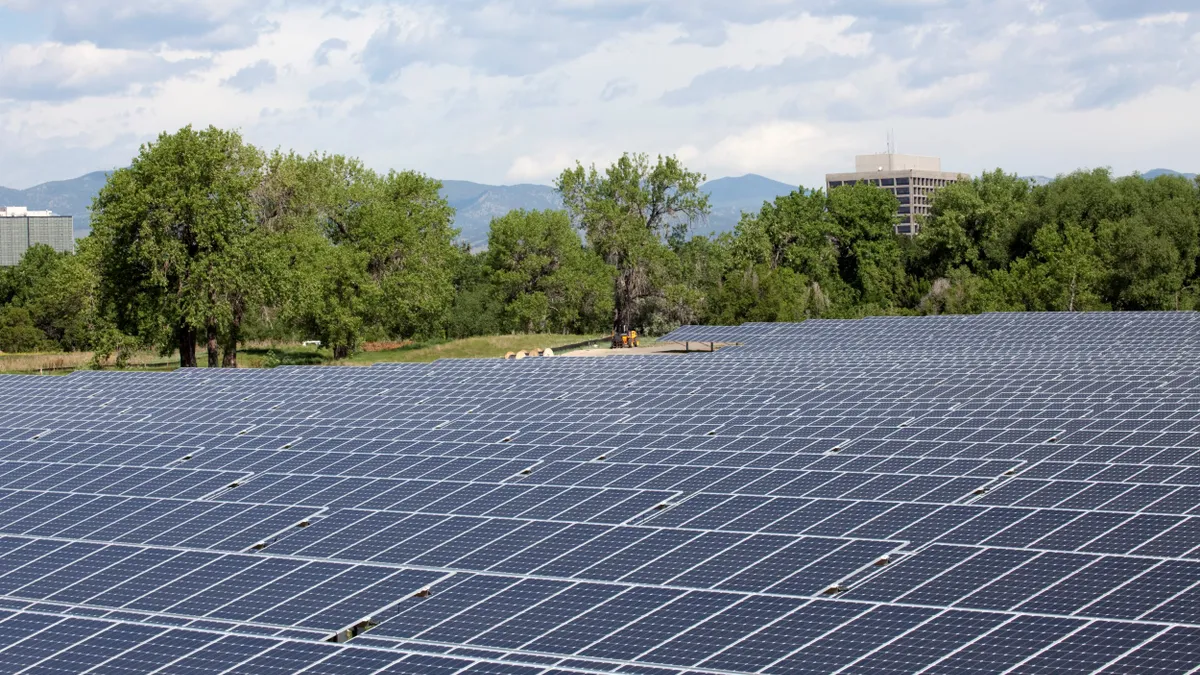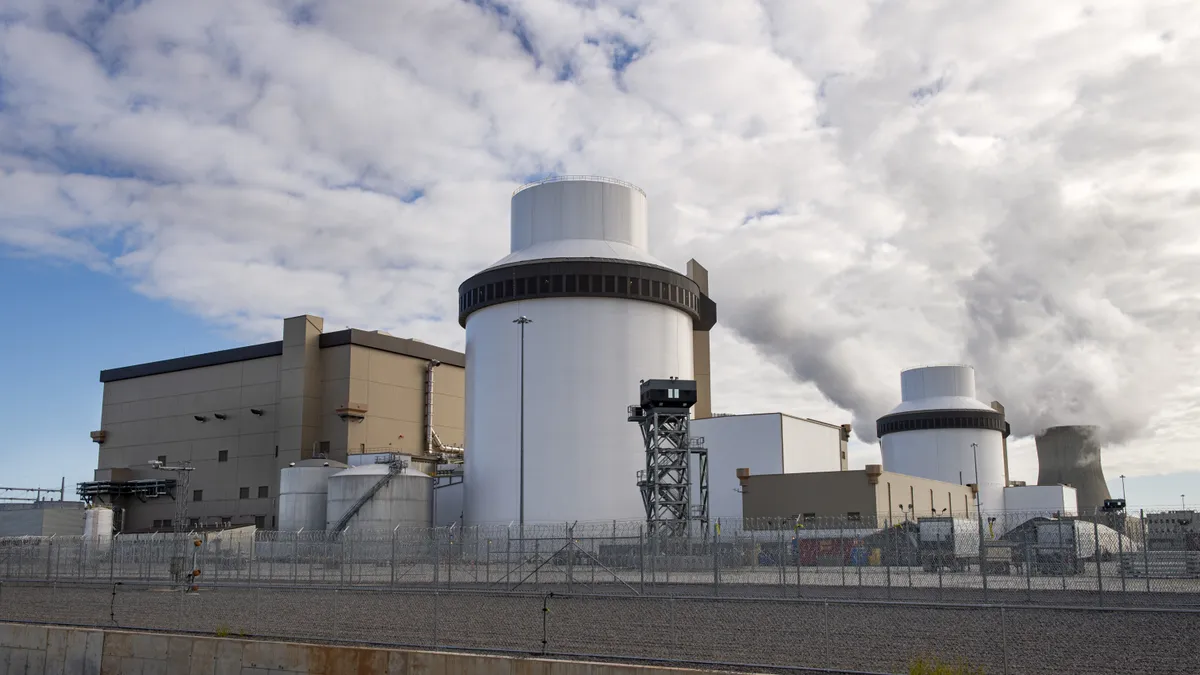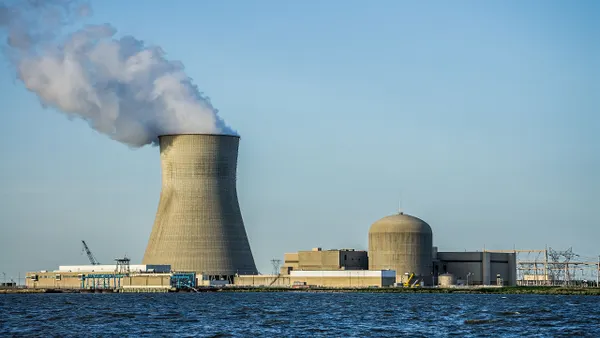Dive Brief:
-
While the early retirement of Pacificorp coal plants will have "devastating" consequences on Wyoming communities, the Wyoming Public Service Commission concluded in Thursday deliberations that the socioeconomic impacts of resource planning remain outside the scope of an integrated resource plan (IRP).
-
Despite this consensus, the commissioners discussed ending their investigation into Pacificorp's 2019 Integrated Resource Plan with the finding that the utility's IRP was inadequate, as the company failed to take into account the drawbacks of renewable energy generation and failed to fully consider alternatives such as carbon capture.
-
The commission also discussed scheduling a technical conference to evaluate potential new requirements for the IRP process — additional requirements Shannon Anderson, a staff attorney and organizer for the Powder River Basin Resource Council, worries could result in "analysis paralysis" in the future.
Dive Insight:
The Wyoming Public Service Commission is mulling new rules for future Integrated Resource Plans after a series of deliberations about whether to accept a 2019 IRP from Pacificorp that would close multiple coal units and replace them with solar and wind resources.
After several public hearings, including one in January that PSC Chair Kara Fornstrom said drew the largest audience in Wyoming PSC history, Fornstrom said she had concluded that the PSC could not require Pacificorp to integrate the socioeconomic costs of coal plant retirement into the current or future IRPs.
"As personally moved as I am by the evidence, I have concluded that socioeconomic impacts should not be part of resource planning," she said during the Oct. 8 deliberations. "I have to agree there is no adequate mitigation for many Wyoming communities. A segment of communities will be left without livelihood ... but we have not subject matter expertise in these plans."
However, Fornstrom said she had still concluded that Pacificorp's 2019 IRP was insufficient in that it relied on speculation about the future cost of carbon regulation that did not yet exist. These costs, she said, accounted for 77% of the benefit the IRP associated with coal plant closures. Fornstrom also argued that the IRP could not be considered complete without a full analysis of weather-related events that could depress the generation of renewable energy assets and potentially result in generation shortfalls. She said she was disappointed that the IRP did not fully consider the potential to retrofit coal plants for carbon capture.
Fornstrom called for a motion to close the commission's investigation with a finding that the 2019 IRP was insufficient, and with a directive that Pacificorp's 2021 IRP must consider, among other things, a reference case that assumes no changes in the company's energy portfolio or planned procurement, the potential for weather-related outages, and the potential impact of each resource plan on ratepayers. She also requested that the commission plan a technical conference to discuss possible rule changes with respect to integrated resource planning in the future.
The commission discussed several potential amendments to Fornstrom's motion — including an additional requirement for Pacificorp to calculate the impact to the state's wildlife and open spaces — but ultimately adjourned the meeting without a vote.
A spokesperson for Pacificorp declined to comment on the proceedings, pending a written determination by the commission. Anderson said she too would hold off on coming to any final conclusions until the commission issues a decision in writing, but she expressed concern about the contents of Thursday's deliberations.
While Anderson agreed with the commission's conclusion that it could not consider the socioeconomic impact of resource planning in an IRP, Anderson said the tenor of their discussion came across as though they "don't like what this utility is doing, so they're telling them to do something else and figuring out ways to do that."
The proposed technical conference, Anderson said, stands to delay the 2021 resource planning process if it imposes last-minute requirements that involve substantial new analysis with criteria that are impossible to achieve.
"This fundamentally comes down to, what is an IRP?" Anderson said. "It's a very high-level plan, 20 years into the future. It doesn't affect rates. It doesn't affect reliability. It doesn't actually retire coal plants. So one of the things we're most concerned about is the directive about rates and the idea that in the IRP, the utility is going to have to say here is the rate consequence of each of these portfolio runs and compare them against each other."












